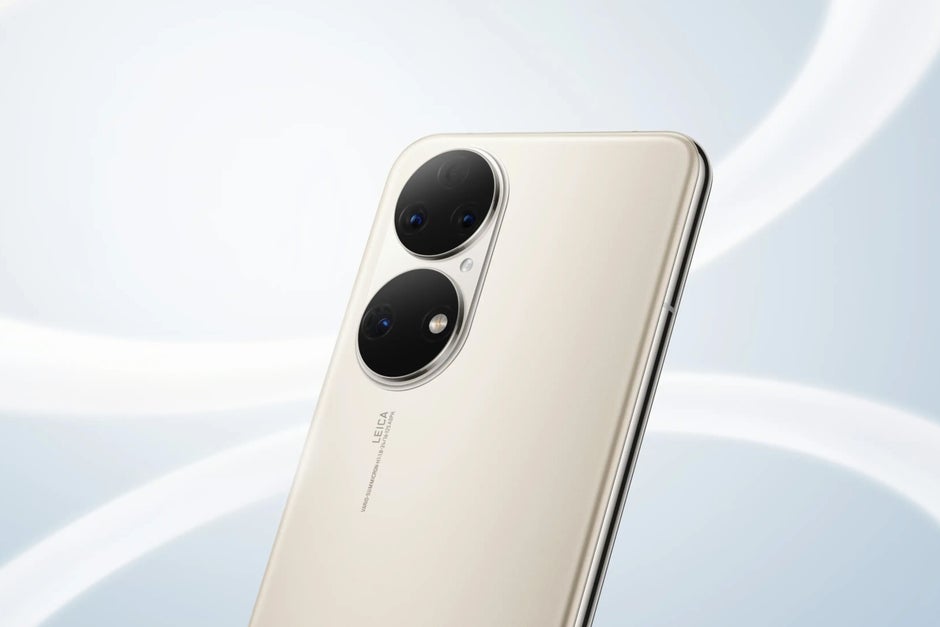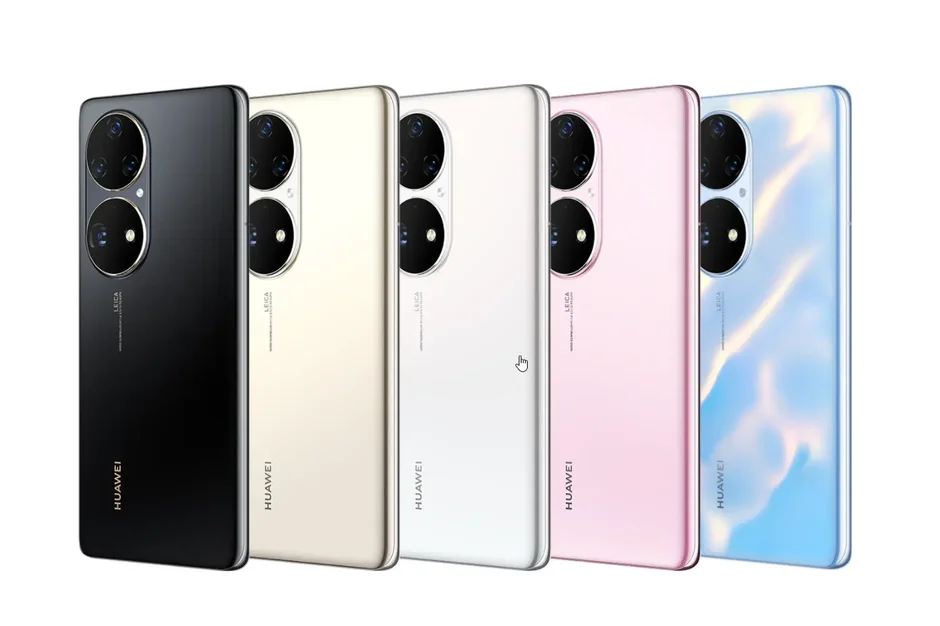Months behind schedule for reasons that are obvious, the Huawei P50 series was announced in China this morning with HarmonyOS on board and a sophisticated camera system.
A new design language for the Huawei P50 and P50 Pro
From a design perspective, Huawei has scrapped most of what it implemented on the flagship Huawei P40 series last year and created a new look that does its best to stand out from the crowd.The Huawei P50 and P50 Pro feature updated screens that incorporate a smaller, centered punch-hole for the selfie camera. For reference, the previous-gen models used a pill-shaped cutout that was positioned in the top-left corner.
A 6.5-inch flat OLED panel has been chosen for the vanilla Huawei P50 model. It offers a 90Hz refresh rate with a 2,770 x1,224p resolution and is paired with nice reductions to the thickness of bezels, in particular the forehead and chin.
Huawei P50 vs Huawei P50 Pro
On the back of both smartphones is a new stadium-shaped camera module (Huawei’s calling it a Dual-Matrix Camera) that incorporates two circular bumps covered in glass and up to four sensors depending on the model. More on those cameras below.
Huawei is going all-in with the cameras, again
On the P50 Pro, a 50-megapixel f/1.8 sensor with OIS acts as the main shooter. It sits next to a 40-megapixel monochrome sensor for extra detail and a 13-megapixel ultra-wide camera. If that wasn’t enough, the flagship also includes a 64-megapixel f/3.5 telephoto camera that supports 3.5x optical zoom and 200x digital zoom.
If the standard Huawei P50 is the smartphone you’re interested in, there’s no reason to be disappointed. It uses a triple-camera system that borrows the main and ultra-wide cameras from the Pro model.
The noteworthy changes on the Huawei P50 are lack of a monochrome sensor and the telephoto snapper, which supports a 12-megapixel resolution and better 5x optical zoom along with a still-impressive 80x digital zoom.
The Snapdragon 888 4G, very fast charging, and HarmonyOS
5G connectivity is quickly becoming the norm, but the Huawei P50 series skips on the next-gen connectivity standard and instead settles for 4G LTE. The reason for this is likely the ongoing US trade sanctions, which limit Huawei’s ability to purchase 5G chipsets.
Powering the Huawei P50 is a special 4G version of the Snapdragon 888 that Qualcomm has created for Huawei. It sits next to 8GB of RAM as standard and the choice of 128GB or 256GB of internal storage.
That Snapdragon chipset is also used inside the Huawei P50 Pro, though some units in China will use the Kirin 9000 4G instead. Huawei’s most expensive smartphone will only be available with 8GB of RAM and 256GB of storage.
As for the software side of things, Huawei has chosen to ship its next flagships with HarmonyOS 2 pre-installed instead of Android 11.
Huawei P50 and P50 Pro price, release date, availability
The Huawei P50 Pro retails at 5,988 yuan (around $925) in China with an 8/128GB configuration. The Huawei P50 lands at 4,488 yuan (around $695) with the same storage setup.
Shipments of the P50 Pro are scheduled to start on August 12 in China, though the standard model won’t be available until September. International pricing and availability is yet to be confirmed.



